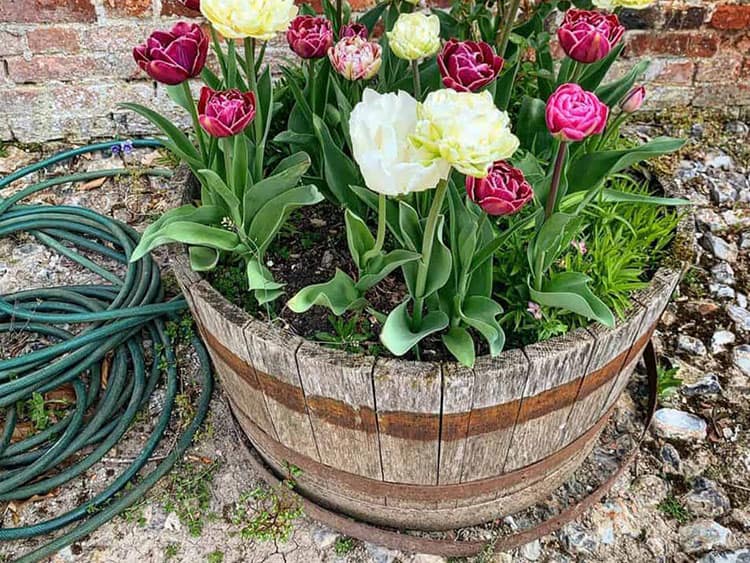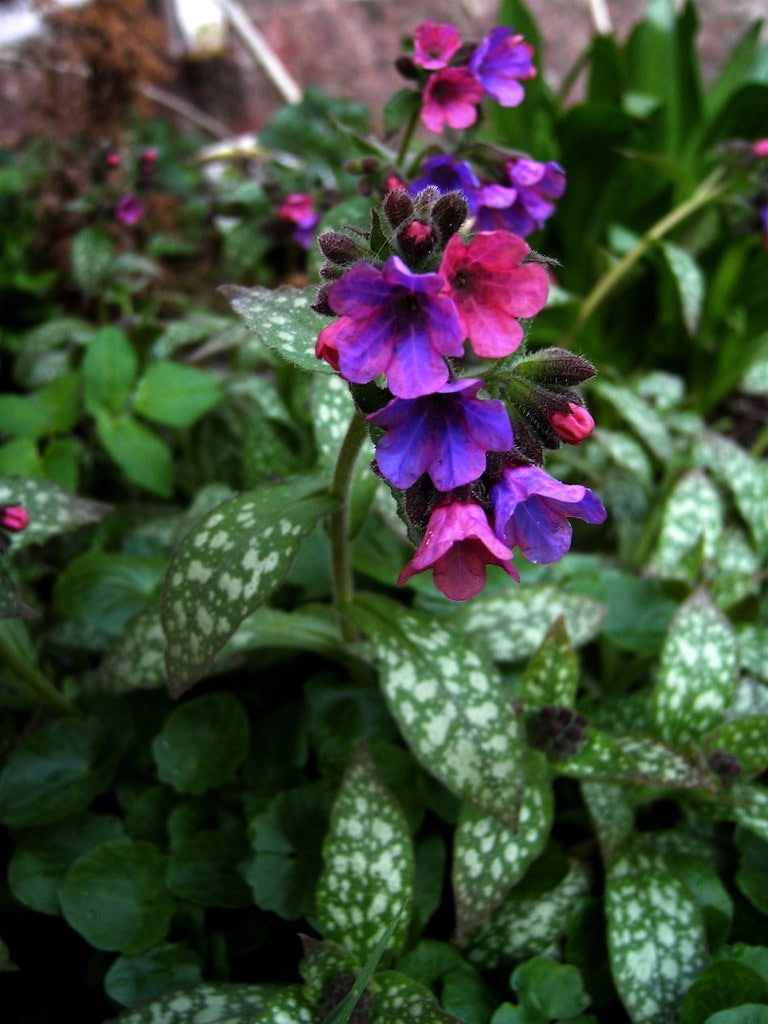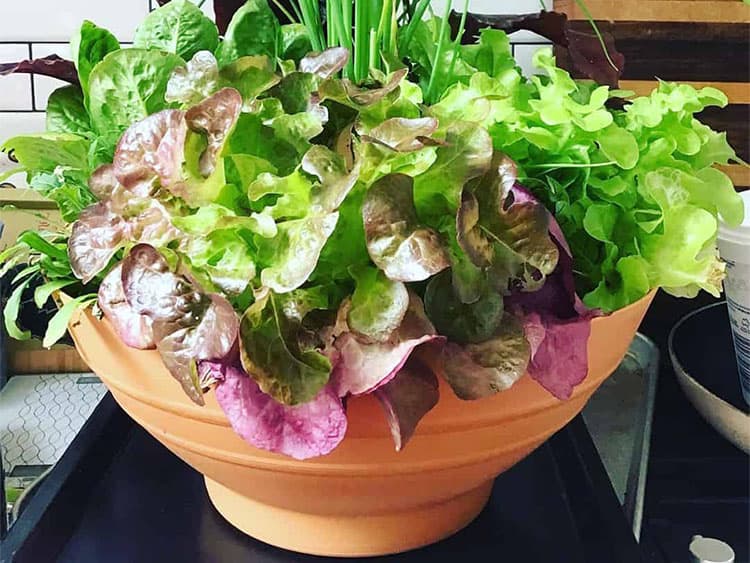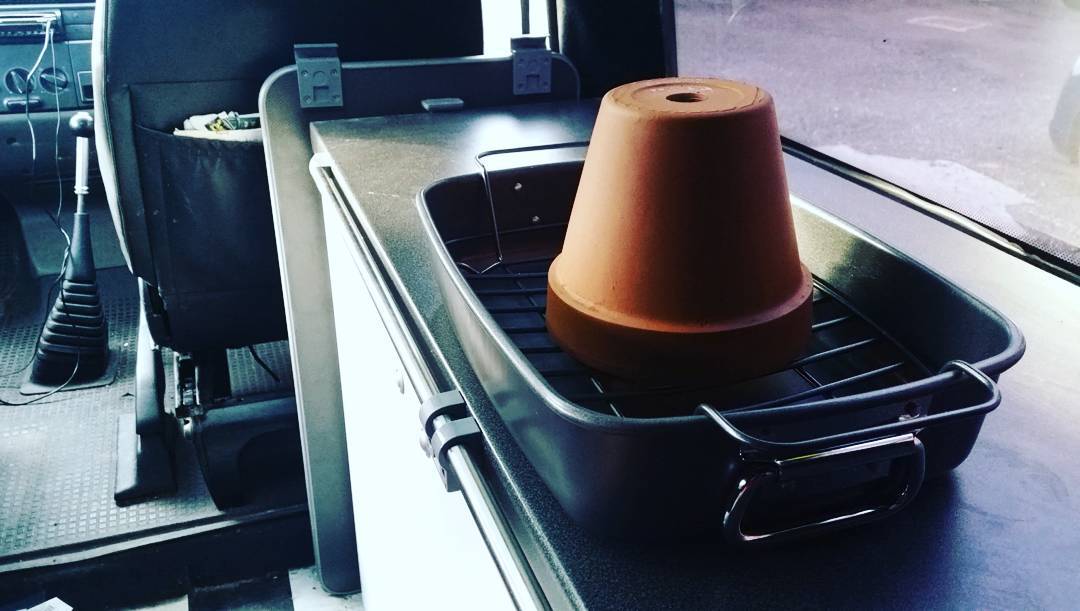Choosing a pot for your plants is more than just a matter of looks. A pot should be the right size for the plant’s root system, a suitable shape, made from quality material and have adequate drainage. Read on to find out what size flower pot you need for your plants.

Photo by vadim kaipov on Unsplash
How to choose pots for plants
Sunlight, soil, and water are the most important factors that determine plant health. Next comes the pot. The right pot will ensure that your plant has enough room to grow.
Here’s how to select the right shape, size, and material for your pot:
Step 1 – Choose the right size

Photo by Annie Spratt on Unsplash
You can opt for a large or small pot, or something in between, depending on the plant you want to grow in it.
Large pots are easy to get started with. But the soil in a large pot will dry out slowly, making your plant more susceptible to root rot. In a small pot, the soil will dry quickly. But you will have to water it frequently.
Ideally, choose a pot that’s 2 to 4 inches larger in diameter than your plant. This will ensure that your plant will have ample room for growth. If you’re still in doubt about the right size for your pot, think of what you want to grow in it and follow the guidelines below:
- 10-inch pot: Perfect size for small and slow-growing succulents and flowering plants. You can also use it to grow flowering plants like marigolds and zinnias.
- 14-inch pot: This is a good size for annuals you can replace every season. Suitable for petunias, pansies, and sweet alyssum.
- 18-inch pot: This size planter can hold shrubs, cacti, and even dwarf citrus trees. You can also use it to grow large vegetables like broccoli, aubergine, and courgettes.
- 24-inch pot: This size pot can hold a lot of soil. You can easily grow large houseplants in it like fiddle leaf fig and monstera.
- 30-inch pot: This pot is big enough for mature apple, plum, and pear trees.
Step 2 – Choose the shape

Image credit: @simplyflowersbrighouse
Plant pots come in a variety of shapes, from tall and narrow to short, round, and rectangular. While different shapes can hold the same amount of soil, they may not be ideal for all plants.
- Tall, narrow pots: These are ideal for growing plants with a deep and extensive root system. Think gardenias and palm trees. Avoid growing plants with shallow roots in these.
- Short, round/rectangular pots: You can grow most plants in rectangular or round pots but don’t grow plants that tend to grow tall as they can easily tip over a short planter.
- Short, wide pots: These dish-style pots are perfect for bonsais and other plants that prefer moist, bog-like conditions.
Step 3 – Choose the material

Image credit: @sadolin_sandtex
Choosing the right material for your pot is also important. The material will determine how quickly the soil dries out, how well your plant grows, and how healthy its roots are.
Planters come in different types of materials, like ceramic, terracotta, plastic, wood or metal. You will easily find these at your local garden centre.
Let’s review the pros and cons of each type of material:
- Terracotta or clay pots: These pots are porous and perfect for plants that hate sitting in water. They are also cheap and blend in any setting. That said, terracotta and clay pots are delicate and can break with just a fall. They can also crack in winter, so you’ll have to line them with plastic before using them.
- Plastic pots: Plastic pots come in a large variety of shapes, sizes, and colours. They are the most affordable, so you can use them for bulk planting. They’re also lightweight and easy to wash and reuse. Keep in mind that plastic can fade and become brittle in the sun, so try to keep your plastic planters in the shade. Also, plastic is not environmentally friendly, especially if you tend to change your pots every season.
- Ceramic or porcelain pots: Ceramic and porcelain pots don’t just look classy, they’re also great for growing tropical plants that enjoy moist soil. But they are breakable and can easily chip. They are also heavy and can be difficult to move. Ceramic and porcelain tend to be more expensive too.
- Wooden pots: You can also opt for wooden planters for a rustic, country vibe. These are attractive, eco-friendly, and easy to move around. Wooden pots aren’t weather-resistant and so don’t do all that well outdoors. They may also rot, split, and are prone to attracting pests.

Image credit: @homewiththemarks
- Metal pots: Metal planters are another attractive option to consider. Metal is durable and can be moulded into different shapes and designs. Though metal pots won’t crack, they may end up rusting and leaching toxins into the soil. They can also absorb heat quickly, damaging the delicate roots of your plants.
- Fibreglass pots: Fibreglass is made by moulding spun glass fibres with resin. Fibreglass planters are lightweight, weather-resistant, shatter-proof, and durable. The only disadvantage of fibreglass is that it can be more expensive than other materials. But the initial cost pays off over time.
Step 4 – Check for drainage
When you’ve chosen your perfect pot, check for drainage holes. Good drainage will help excess water run through to the bottom of your pot without making the soil swampy. Stagnant water in your pot can turn your plant leaves brown and droopy and eventually lead to root rot.
If the pot doesn’t have any drainage holes, drill some yourself. Make a single large hole at the bottom or 3 to 4 smaller ones.
For wooden planters, simply use a hammer and a nail to punch holes. Be more careful while working with ceramic or clay pots. Too much pressure can crack them so it’s best to use a drill. You can use an electric drill to make holes in metal, fibreglass, and concrete pots.
Choosing pots for plants FAQs

Image credit: @roombyroomdublin
Can I grow small plants in large pots?
Yes, you can. It can help you avoid overcrowded roots but if the pot is too large, the plant roots may not be firmly packed in the soil. Your plant may also look out of proportion to its pot.
Can I temporarily plant a large plant in a small pot?
If you have to transplant it or plan to give it to someone, you can plant a large plant in a small pot, but only as a temporary solution. A plant kept in a too-small pot may become rootbound, stop growing and fall sick.
Can I plant two or more small plants in a large pot?
Unless it’s a seed mix of different plants or well-suited companion plants, it’s usually not a good idea. Even if the pot is spacious enough, different plants have different soil, watering, and nutrient requirements. If their roots become tangled together it may hamper their growth or increase the risk of disease. We’ve written an article about how to plant a flower in a pot the right way.

Save this pin for later






